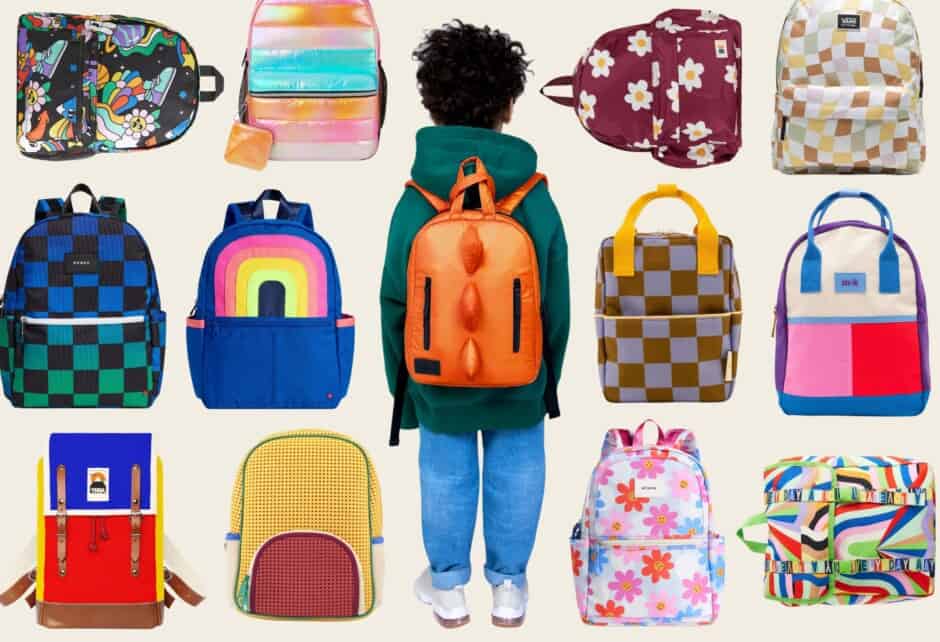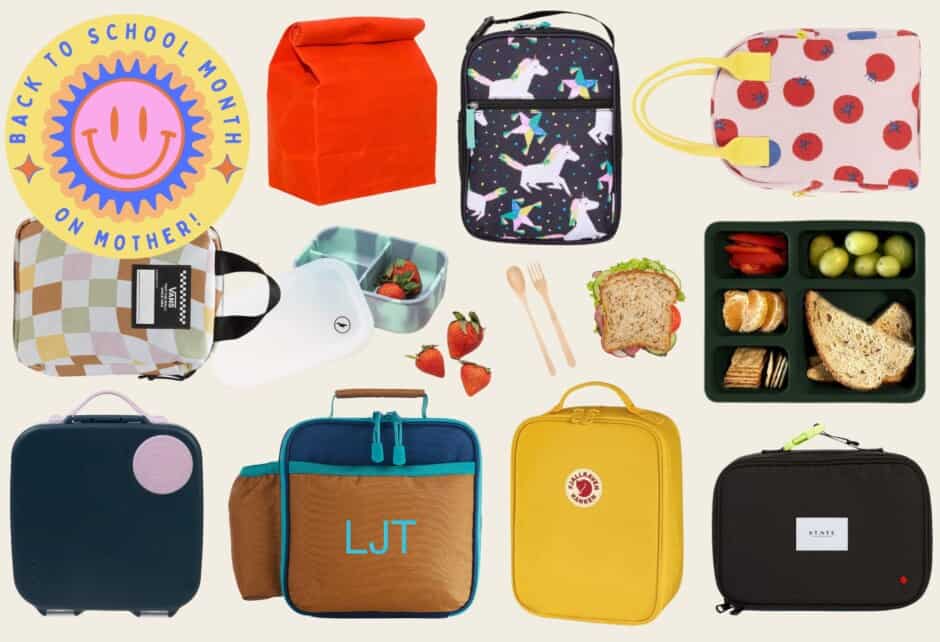This post comes courtesy of our friends at KiwiCo, and was originally published here.
Like many families around the world, parents on the KiwiCo team have had to leap into the world of homeschooling with barely a day’s notice to prepare. We’ve all been trading links and tips back and forth to help support learning in our own kids’ school communities, so we wanted to bring some of our favorites to you!
We’ve gathered resources across a wide variety of subjects, from math and reading to science and coding, all freely accessible and all at a level that kids can engage with independently. As we’ve learned from tips from our teacher friends, short sessions and plenty of variety is key for keeping kids engaged and focused, so feel free to pick and choose and see what works for your family.
One-Stop Shops:
Khan Academy
If you haven’t visited Khan Academy in a while, you’ll be amazed by how much they’ve expanded beyond just math. You can learn grammar, try the Hour of Code, practice ELA (English Language Arts) for grades 2 through 8, and even explore storytelling from Disney’s Imagineering in a Box class.
Khan Academy is good for ages 4–adult. (Try the Khan Kids app for ages 2–7.)
BrainPOP
BrainPOP is a favorite with kids, with insightful videos on a huge range of topics (including social studies, English, math, and engineering), with related reading and quizzes to check comprehension. They always offer free sample videos, but right now are offering access for free to families with classes closed due to COVID-19.
BrainPOP is good for ages 9-13 and BrainPOP, Jr. for ages 5-8.
PBS
You may already be familiar with the games, videos, and activities on the PBS Kids site, but PBS Parents is where it’s at. You can get daily activities and ideas for kids ages 2 through 8, as well as tips for parents on managing learning at home. For older kids, check out PBS LearningMedia for lesson plans and videos curated for teachers.
PBS Kids & PBS Parents are good for ages 2-8 and PBS Learning Media for ages 9–adult.
Scholastic Learn at Home
Beloved by teachers everywhere, Scholastic is offering lessons for learning at home tailored by age: pre-K and kinder, grades 1–2, grades 3–5, and grades 6+. With reading and videos to watch, the lessons are easy to work into a day without a lot of parent involvement.
Scholastic Learn at Home is good for ages 3–12.
ABC Mouse and Adventure Academy
ABC Mouse, for ages 2–8, and Adventure Academy, for ages 8–13, offer a full set of subjects in fun, kid-pleasing game formats. The games or lessons will level with your child, so you don’t need to search for the right one. Both are paid but offer a free month’s trial, and are worth checking out as an option that feels more like a game than like homework.
ABC Mouse is good for ages 2–8 and Adventure Academy for ages 8-13.
Outschool
OK, so Outschool isn’t technically free, but with online video classes taught by real teachers as low as $5 a class, it’s worth checking out. Where else can you find lessons on learning the ukulele, playing a Dungeons & Dragons campaign, and discussing Diary of a Wimpy Kid all in the same place? (They’re also running a program for free classes for kids impacted by public school closures, pending enough donation support.)
Outschool is good for ages 5–15.
Reading and Social Studies:
NEH EDSITEment!
The National Endowment for the Humanities has a large collection of lesson plans and teachers guides for K-12 students that cover arts, history, social studies, language arts, and more. Parents will need to dig through to select the appropriate topic, but with so much to choose from there’s something to interest every kid.
NEH EDSITEment! is good for ages 5–18.
Storyline
Storyline is a non-profit that brings celebrated actors to read illustrated storybooks to kids (kindergarten through grade 3). The performances make these videos fun and engaging for parents as well as kids.
Storyline is good for ages 4–8.
Time for Kids
Time for Kids is exactly what it sounds like: Time magazine’s journalism written at a range of reading levels from kindergarten through grade 6. Just choose your child’s level for short nonfiction reading practice.
Time for Kids is good for ages 5–13.
CNN 10
CNN 10 is a daily 10-minute broadcast, specially reported for elementary-age kids. It’s great for discussion or writing prompts, or just an easy, educational distraction during lunch prep.
CNN 10 is good for ages 5–13.
Newsela
Newsela is used by many schools for reading and research in social studies across a wide range of topics and from numerous publishers, including PBS, The New York Times, and Scientific American. Parents can register for a free account to gain access to all their content products through the end of the 2020 school year.
Newsela is good for ages 6–18.
Science, Tech, and Math:
Mystery Science
We love the videos and activities from Mystery Science for the way they inspire kids to love science, so we were delighted to learn that they’ve shared a starter list of free lessons for grades K–5, no account needed. You can just watch the lesson for an all-online experience or pair with a hands-on activity to explore the topic further.
Mystery Science is good for ages 4–12.
Code.org
Code.org is a fantastic entry into coding, absolutely no experience required. Jump in with the resources on their at-home learning intro page, then pick a game or character your child likes from one of the Hour of Code activities.
Mystery Science is good for ages 5–adult.
American Chemical Society
In response to school closures, the American Chemical Society (ACS) has released a collection of free online lesson plans for grades K-8. With games, videos, and lesson plans to explore, you’ll find ways to explore chemistry with stuff you already have at home (warning: may get messy!).
ACS activities are good for ages 5–13.
Prodigy
Even math-fearing kids tend to love Prodigy. With a combo of cute little monster and curriculum-aligned lessons for grades 1–8, it’s a solid choice for homeschool math time, and the lessons will adapt to your child’s level.
Prodigy is good for ages 6–14.
National Geographic Kids
National Geographic Kids is a hub for tons of content about the natural world, perfect for kids to explore independently.
National Geographic Kids is good for ages 4–12.
Teach Engineering
Teach Engineering is an enormous collection of hands-on STEM activities for kids K-12. Since it’s geared towards teachers, activities will require some parent setup time, but the lesson plans will walk you through everything.
Teach Engineering is good for ages 5–18.
NASA
For kids in elementary school, NASA Kids’ Club has games and activities they can engage with independently. For a deeper exploration of space space, check out NASA for Educators to browse STEM resources for K-12.
NASA Kids’ Club is good for ages 5–8 and NASA for Educators for ages 9–18.
National Museum of Natural History
Museums may be closed, but the National Museum of Natural History is always open for virtual tours. The Hall of Fossils is a great place to start.
The National Museum of Natural History is good for all ages.
San Diego Zoo
With fantastic pictures and fascinating facts, San Diego Kids lets kids explore the zoo any time. And don’t miss the live animal cams!
The San Diego Zoo is good for ages 4–12.
Brain Breaks:
GoNoodle
Every kid needs a brain break, and GoNoodle is our favorite go-to to help get the wiggles out. You can use GoNoodle for a 5-minute break between lessons or a full 20-minute dance session—whatever you need that day.
GoNoodle is good for ages 3–12.
CosmicKids Yoga
Feeling a little stressed? Us too. We could probably all use a little more yoga right now, and CosmicKids Yoga makes it accessible and fun for little ones as well.
CosmicKids is good for ages 3–12.
Arts and Creativity:
The Metropolitan Museum of Art
The Met (New York City) has loads of exhibits online, but we especially love the #MetKids site, which features kid-friendly videos about creating and enjoying art, as well as a “time machine” that allows kids to search the collection by time, place, and theme.
The Met is good for all ages and #MetKids for ages 6–12.
Louvre
Try a visit to the Louvre, minus the crowds and the flight to Paris. This collection of selected works is a great place to start, but (as you’d expect), there are countless works to explore. We loved the “Closer Look” collection, which allows viewing of works much closer than possible in person.
The Louvre is good for all ages.
Whitney Museum of American Art
The Whitney features over 25,000 works by contemporary artists to browse through, as well as a Watch & Listen section with artists’ stories, videos of exhibitions, and musical performances.
The Whitney is good for all ages.
Google Arts & Culture Collection
Explore collections from hundreds of museums around the world with Google Arts & Culture. You can jump off to a creative exploration by picking a painting your child likes and prompting them to create a drawing inspired by it.
Google Arts & Culture is good for all ages.
Did we miss one of your favorite at-home education apps? Feel free to tell us in the comments below!
For more at-home education ideas, fantastic activity boxes, and more, check out KiwiCo and the KiwiCo blog!
Share this story





